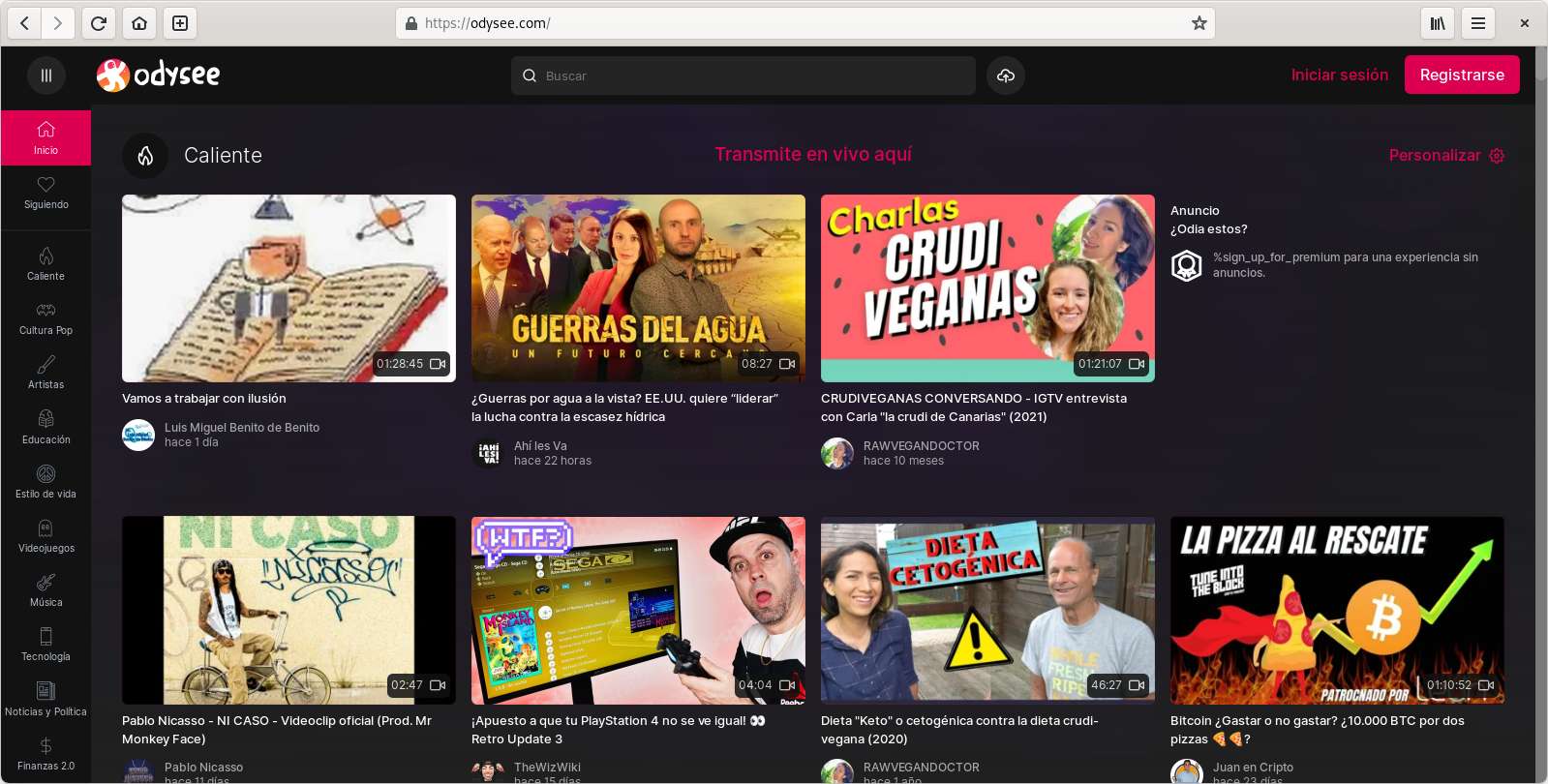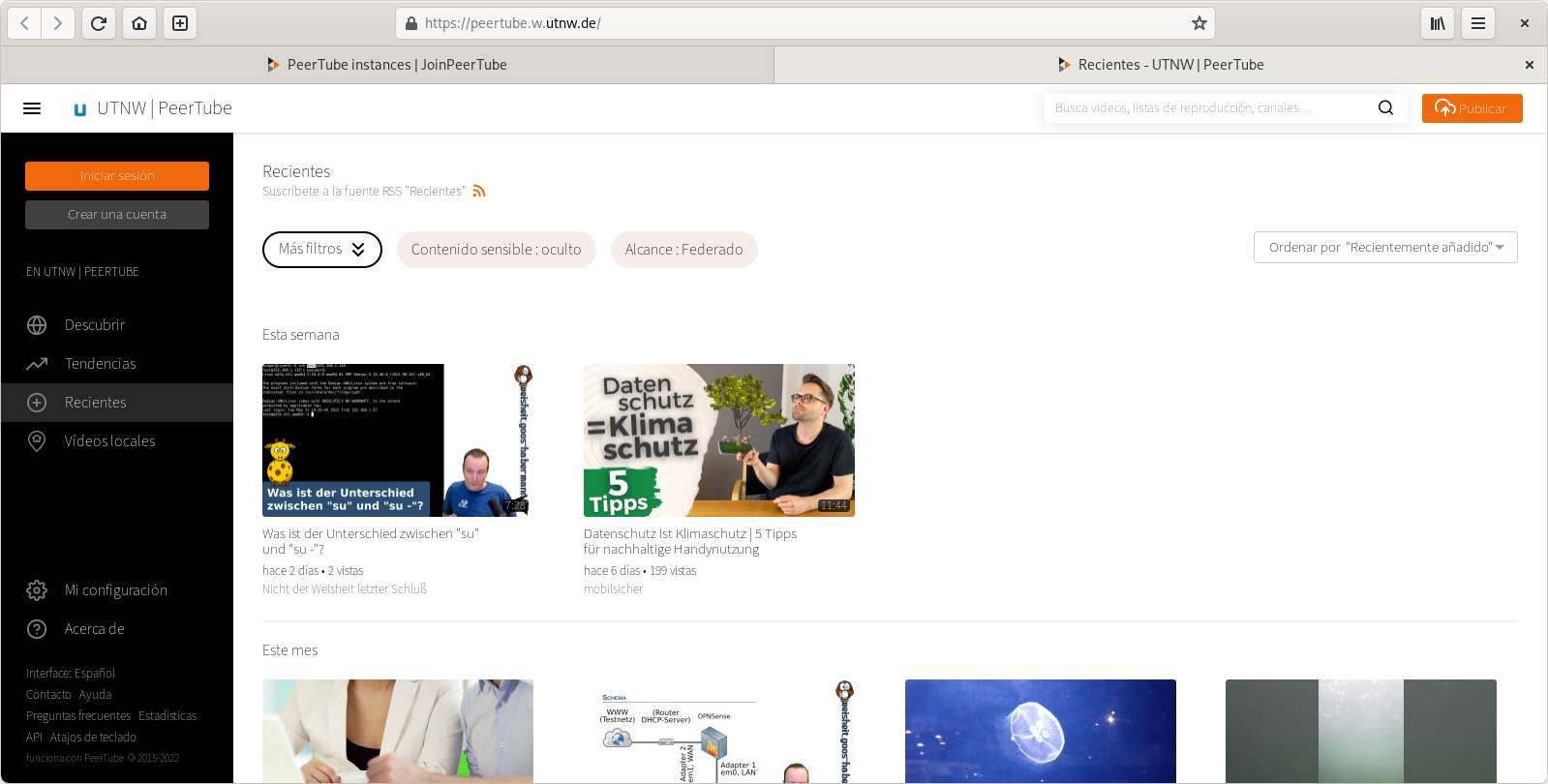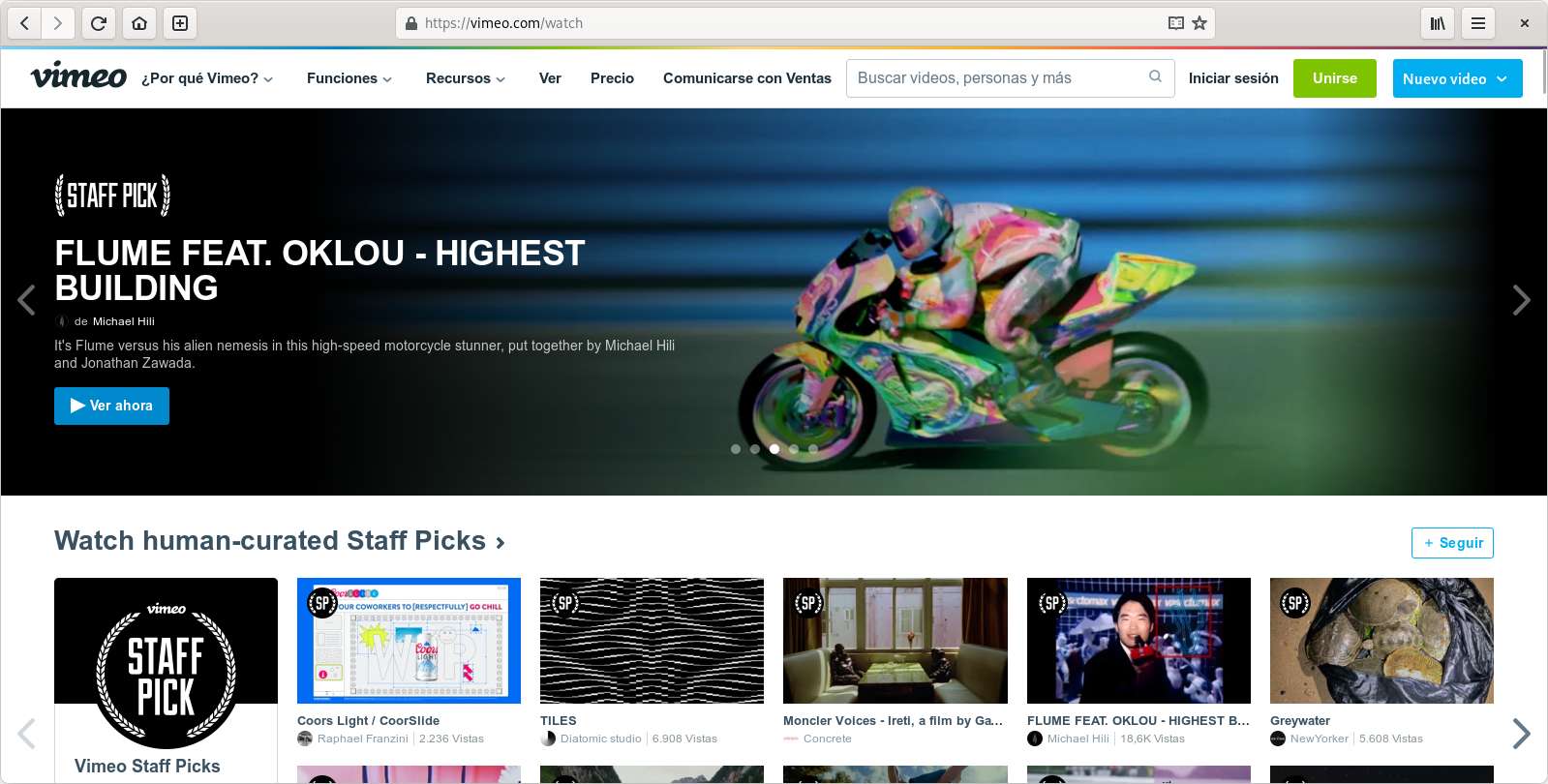Youtube It has become a platform that has a clear dominant position in its segment to the extent that the only competitor that stands out is Twitch. However, Twitch is entirely streaming-oriented, while YouTube is more inclined to publish uploaded and edited videos, although it also supports live streaming (and many creators stream via Twitch and YouTube at the same time).
In other words, if one does not focus on streaming and live content, a video creator de facto does not exist if he does not publish on YouTube, which leaves a rather bleak picture when we see that Google owns the platform. But the worst is not Google’s ownership, but the feeling that many people find that the rules on YouTube are being applied arbitrarily, to which are added increasing restrictions, especially with regard to copyright and in solving certain problems.
In the face of YouTube, which in some respects acts as a monopolistic empire, There are more and more creators, especially on the Anglo-Saxon scene, who are encouraged to diversify and publish their content on different platforms not to be tied to the familiar Google service. In addition to opening the door to at least avoid restrictions, being on other platforms ensures that YouTube does not destroy the author’s content if your channel is removed.
While it is true that YouTube is still enjoying excessive power, other alternatives are gradually making their way. Here we can highlight those that are based on decentralized protocols, which open the door to reduce the power of the platforms themselves over content. Would you like to know alternatives to YouTube so that you can support or be so limited by its limitations? In this post, we will mention four alternatives of various kinds that could be interesting depending on the purposes and needs of the creator.
Odyssey
The Odyssey is one of the most popular alternatives for publishing videos. It’s a platform created by the same people behind LBRY, an open source, decentralized network protocol for file sharing and payment. To work, it relies on blockchain and is based on BitTorrent technology.
Supported by the LBRY protocol, Odysee functions as a P2P data exchange network, unlike the centralized server model, such as YouTube. In this way, if the Odyssey disappears, there is a possibility that the uploaded content will continue to exist.
Has its own cryptocurrency LBRY (LBC)which can be used as chip reward the creator. It also supports paid videos for those creators who do not want to give their content for free.
At the level of the Odyssey interface, it is very similar to YouTube, with which it has obvious similarities, although its aesthetic appearance is clearly different. One of its most striking features is that it allows you to sync videos, if so sync your Odyssey channel with YouTube, each time a video is posted on a second platform, it will appear on the first platform after a while. Of course, this feature is not perfect and is limited by the number of subscribers on the YouTube channel, the duration and the amount of space the video takes up.

PeerTube
And here is another decentralization-oriented alternative. PeerTube is a an open, decentralized and federated video platform based on ActivityPub and WebTorrent. It is released as free software under the AGPLv3 license and uses P2P technology as a means to reduce the load on individual servers.
Each instance of PeerTube provides a website for viewing videos, which may differ in appearance, features and standards due to the free software nature of the platform. However, instances with common rules (for example, having similar content or requiring registration) can create federations in which videos from one instance are watched, but each video is stored only in the instance to which it was published. Federations are independent of each other and operate asymmetrically.
Videos are available via HTTP for download, however playback is supported on P2P with HLS and WebTorrent. This means that users connected to the platform act as transfer points capable of sending video clips to other users, thus reducing the bandwidth with the server and thus the hardware needs and costs for the users responsible for the platform.
As we can see, PeerTube is another interesting alternative that moves away from the centralized YouTube scheme and also contributes through P2P to reduce the resources needed to maintain this type of platform.

D.Tube
And we continue with alternatives that are at least supported by decentralization-enabled technology. D.Tube is a a decentralized video platform that uses its own cryptocurrency pay users and its infrastructure provides blockchain STEEM in addition to P2P networks IPFS.
D.Tube encourages the use of its cryptocurrency by paying not only creators for each view, but also users for viewing, uploading, sharing and commenting on videos via the STEEM blockchain. In addition, it is designed to avoid censorship because the platform does not have the real means to perform this task, which affects the userwho decide which videos to censor or promote through pros and cons. As with the Odyssey, viewers can reward creators with cryptocurrency, so D.Tuve strives to provide a win-win environment.
At the interface level, it’s quite similar to YouTube, with which it shares many design elements. In addition, it makes it easier to browse and discover videos.

Vimeo
And after uncovering some alternatives based on decentralization, we will now mention others that follow the “classical formula”, ie centralized platforms and over which the owner of the company has absolute power.
Vimeo is one of YouTube’s best-known rivals, although it seems to have lost some of its impact recently due to pressure from platforms supported by decentralization. Before the Google platform he tries to prioritize quality over quantity, which is especially evident to his players. It also focuses more on artistic content.
Of course, its focus on quality comes at a price, and it’s a good idea for creators to go through the box to get better features when publishing content, especially if videos take up a few gigabytes, which isn’t currently unbelievable when talking about 4K content.

conclusion
As we can see, there are some alternatives to YouTube that are well-placed and that are a good idea to promote content or even publish content that may not fit into the Google platform. Obviously, the number of visits will most likely be lower, but if you’re not obsessed with getting massive clicks, it’s a good idea.
When we see the obvious “dangers” posed by centralized platforms, it would also be up to them to publish on another platform that is decentralized if someone wants to promote their content. It’s not a panacea, but at least it’s a way to rid YouTube of absolute power over the author’s content.
